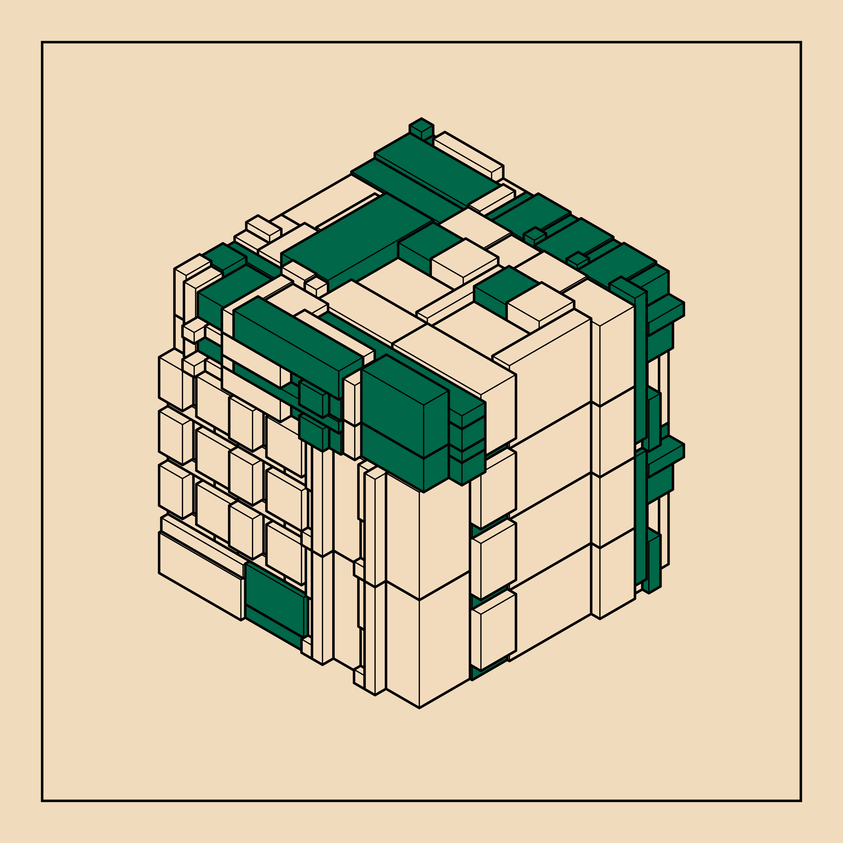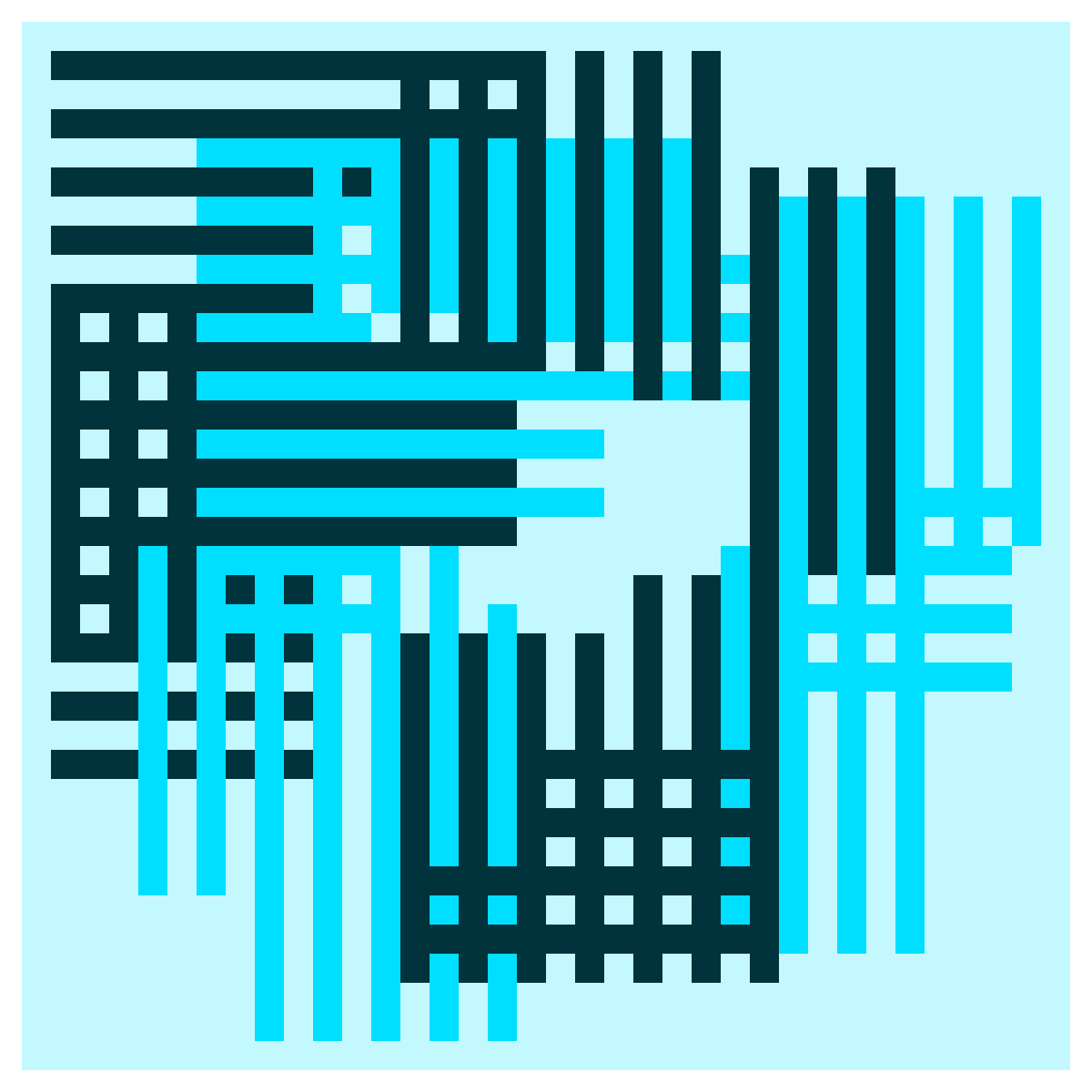It seems the Sotheby’s x Three Arrows Capital (3AC) saga isn’t over. Because on May 31, as collections from generative art platform Art Blocks continue to surge, the famed auction house announced plans for a new extensive live auction of significantly important generative NFTs compiled from the now-defunct Singapore-based crypto hedge fund.
Set to take place on June 15, this second 3AC auction will feature a substantial roster of 37 NFTs from the Grails — making it, as Sotheby’s puts it, the “largest ever live auction of digital art.” Anticipated to fetch in excess of $5 million, the sale will consist of a selection of primarily generative art NFTs from a variety of artists, including major Web3 players credited with pushing digital art into mainstream awareness.
This announcement follows Sotheby’s previous sale of seven works from Grails during the Contemporary Day Auction on May 19. During that sale, works sold for a combined total of $2.5 million, with Tyler Hobbs’ Fidenza #725 and Autoglyph #187 reaching $1.02 million and $571,500, respectively.
In this latest auction, works from generative pioneers like Dmitri Cherniak and Hobbs will again be on display, this time alongside pieces from a wider range of artists who have been making significant strides in the digital art field, including Jeff Davis, Kjetil Golid, Matt DesLauriers, Deafbeef, Hideki Tsukamoto, and more.



Noteworthy pieces to be auctioned include Cherniak’s Ringers #879 (The Goose) and Hobbs’ Fidenza# 216 — a work revered in Web3 as exemplifying the harmony achievable through the randomized process of generative art. Another highlight is Archetype #397 by Golid, which exists as a single piece in a coveted, limited edition collection of 10.
Following the live auction, Sotheby’s will continue to offer works from Grails across a series of sales throughout the year, with all sales from the collection honoring artist resale royalty rates.
With the running total for the 3AC collection currently exceeding $6 million, Sotheby’s upcoming auction seems indicative of the growing influence of generative digital art and NFTs within the global art landscape. It surely provides an opportunity to observe the breadth of creativity and innovation present in Web3 while acting as a testament to the continuing integration of blockchain technology into mainstream culture.
Editor’s note: This article was written by an nft now staff member in collaboration with OpenAI’s GPT-4.



